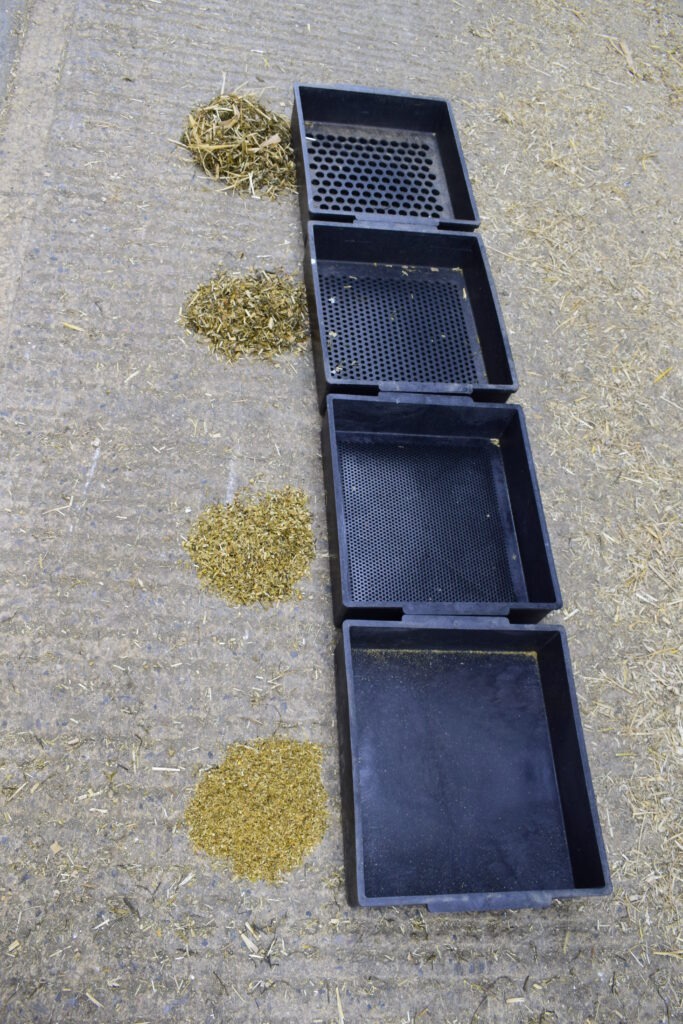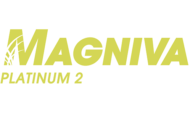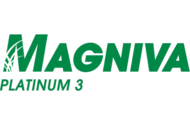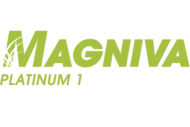Increasing intakes of high-quality silage are crucial to driving on-farm profitability, but to achieve this, producers must understand the role of fiber. Fibre plays a vital function in milk production and the utilisation of silages, influencing rumen function and regulating total dry matter intakes.
Producers should plan to produce forages with high levels of digestible fiber. When silages are analysed, the fiber fraction is usually described as Neutral Detergent Fiber (NDF) and lignin. Some more modern analyses report digestible NDF (NDFd), which is a better indicator of the digestibility and therefore the value of the fiber. The analysis may also include ADF (Acid Detergent Fiber) which is a measurement of the indigestible fiber found in silage, as the value increases NDFd will decrease as will the energy content of the silage.
Balancing Fiber

Fiber digestibility is crucial as it affects the rate of fermentation in the rumen, the rate of rumen passage and ultimately dry matter intakes. More digestible fiber will be fermented faster in the rumen, stimulating higher intakes. Indigestible fiber sits in the rumen and can depress appetite. Just as with any feed ration, a balance is required. Although fiber needs to maximize NDFd, it needs to be balanced with levels of undigested fiber to increase dry matter intakes and feed efficiency. For example, young grazed grass is very high in NDFd and contains little undigested fiber so passes through the rumen quickly, increasing dry matter intakes. At the other extreme, high straw diets for dry cows are more
lignified and contain a much higher level of undigested NDF, passing more slowly through the rumen and reducing dry matter intakes but maintaining a higher rumen fill.
Another factor to take into account to maximize rumen health is the effectiveness of that fiber at forming a rumen mat to stimulate rumination. Optimising rumination is essential to maintain high production levels and a healthy rumen environment. Physically effective Neutral Detergent Fiber (peNDF) is the proportion of fiber that stimulates cudding and the formation of a functional rumen mat. It can be measured in most diets by sieving with a Penn State separator.
Where lignin is high in a silage, the rumen will need to be supplemented with the optimum level of rapidly fermentable energy sources. These can increase the risk of acidosis, so need to be balanced carefully. By understanding fiber better, producers maximize the contribution from silage. For more information optimizing fiber in silage, please contact one of our silage experts.








